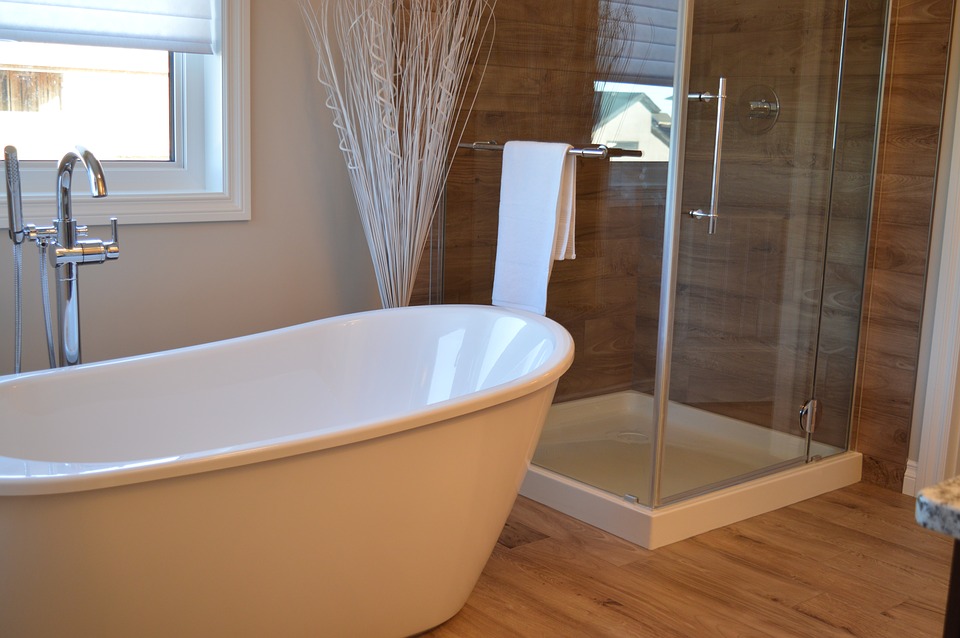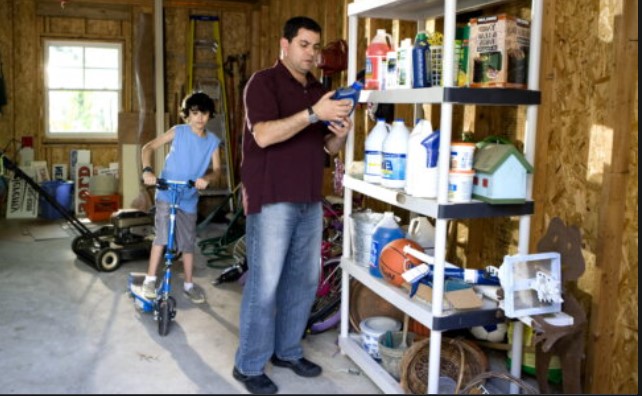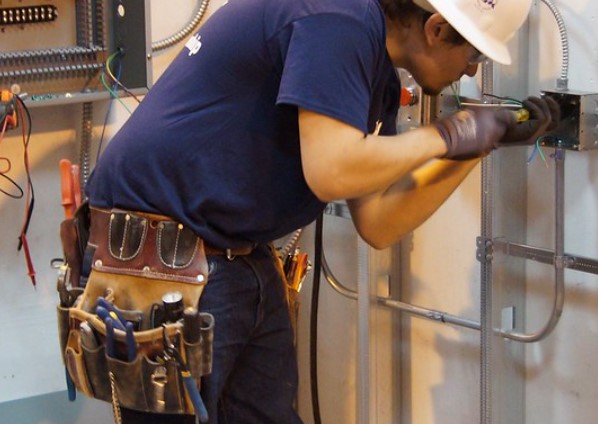Choosing The Right Timber For A Perfect Comfy Shelter

Concrete houses appear more durable and stronger but timber made of timber and concrete fusion house designs are making a stance on modern architecture. Houses made of timbers are versatile and softer to the eye but this does not mean it is less resilient and durable than all-concrete-made houses.
However, one has to be careful and stringent in choosing the type and quality of timber to use. Let’s start from the roof down to the floors.
Perfect timber type for roofing
Choose the best timber type for your roofing, which usually appear like “golden orange” in color, that not only match your total house architecture but one that can stand all weather conditions to provide protection for your house and everything in it.
Roofing Battens or roofing lath is a good fixing point for roofing materials such as sheets or tiles, but note that the spacing of battens or lath on the trusses or rafters depends on the type of roofing material which is also applied horizontally in all types of roofing designs like butterfly roofing.
- Read More: Roofing Service
Windows and Doors
Timber selection for windows and doors requires top quality in strength, durability, and stability to last a lifetime. Here’s to help you in choosing the right timber for your windows and doors:
- European Oak is an excellent option for timber windows and doors, known for its stability and durability. However, pricing may be a hurdle.
- Sapele is a reddish-brown hardwood that has similar characteristics to Genuine Mahogany, which makes it ideal for a lot of interior and exterior applications. Sapele is also known as sapele mahogany, a stable and durable timber that can firmly stand decay and is resistant to insects. Also, its fine graining makes it perfect for painting.
- Red Grandis is a kind of hardwood timber that is versatile and stable and like Sapele is resistant to insects and decay. This timber has good color consistency and appearance and grows in South America.
- European Redwood is also referred to as Scandinavian Pine and is a kind of softwood timber. Although Redwood has high resistance to shrinking and warping over other softwoods, it is moderately resistant to decay and insects.
- Siberian Larch is a moderately durable kind of Softwood timber that is stable and resistant to decay. Just like hardwoods, Larch timber does not require preservative treatment and does not easily rot. It is extremely hard, making it one of the toughest and most durable softwoods; grows in arctic conditions.
- Accoya is a kind of timber that is engineered and grown in sustainable sources and is treated with acetic acid under high pressure, a treatment that reaches the timber’s core to stabilize and preserve it. Accoya is resistant to insects and less to rot, making it ideal for extreme weather conditions.
Read More: best window covering ideas
Read More: Modern Interior Wood Doors
Timber types for flooring
According to International Timber, here are options to consider for your flooring project. Check the timber types below and their advantage (+) and disadvantages (-):
- Hardwood is commonly considered one of the most durable and in-demand types of timber for flooring. Every board is made of a single piece of wood, which means every single board could have knots and markings that would show its real character.
Pros: Has fantastic looks and feels, can sand down to restore the finish, and is durable
Cons: Can be pricey over other wood products, expands in damp conditions while shrinks in dry ones and can be hard to fit compared to laminate
- Softwood flooring or softwood offers a warm, rustic look for any interior room, however generally softer compared to hardwood. Uses for softwood are varied as most timbers come from softwood; more pliable and easy to work with.
Pros: Can sand down to restore the finish, similar to hardwood in looks and feels but costs cheaper
- Engineered wood flooring has the benefits of fitting laminate flooring, which is thick and has the quality of real timber. This type is composed of three or four layers of wood stuck together resulting in to end product that is about 14mm.
Pros: Installed easily compared to hard, soft, and laminate, is budget-friendly, has a wide variety of colors and textures to choose from, sanded to restore the finish, and copes well with moisture
- Laminate is one of the most affordable options to get a real wood look for interior flooring projects, but is technically not timber.
Pros: Cheap, and easy to install
Cons: Easily damaged by moisture, difficult to repair
Read More: Different Types of Flooring





